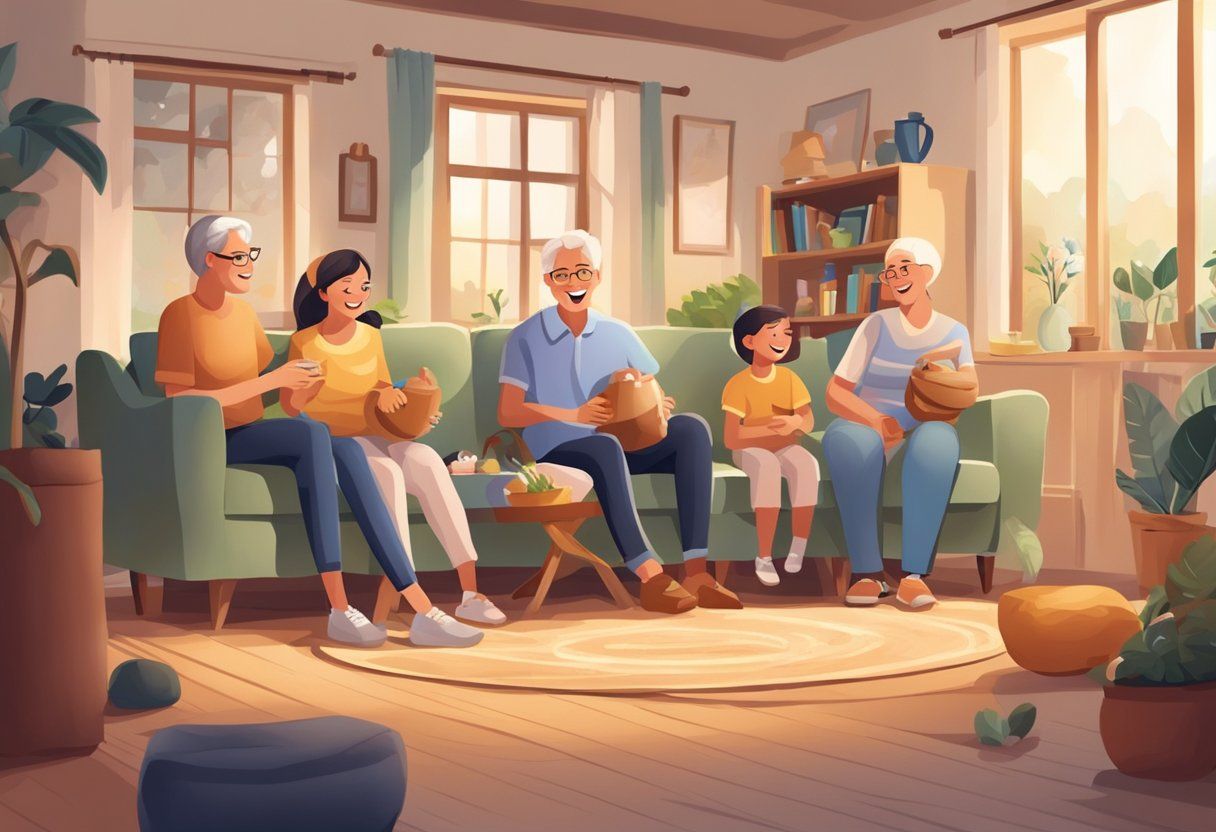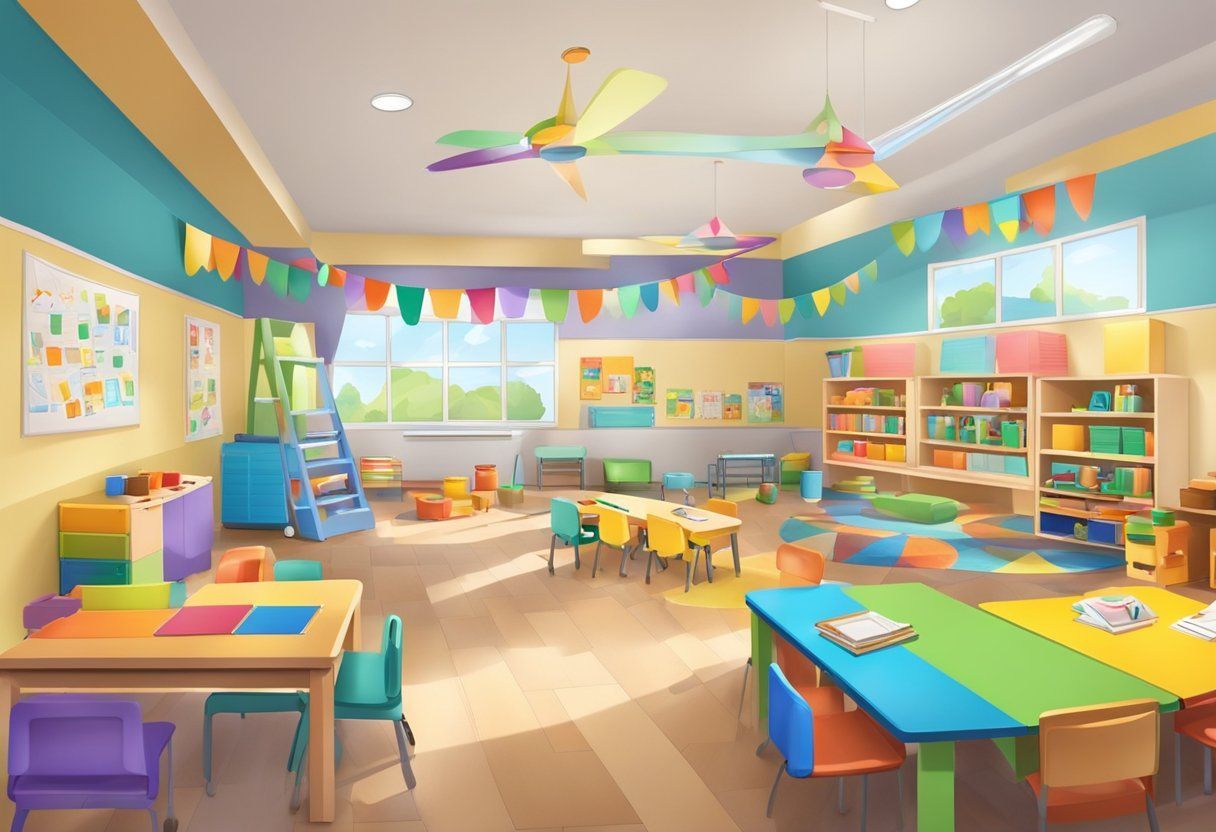BLOG
Categories
The Power and Purpose of Adoption Assistance: Creating Stability Through Support
Embracing the Heart Behind Adoption Assistance
Let’s start with a truth that doesn’t get enough attention—adoption is not just a legal event, it’s a lifelong relational journey. And that journey carries the invisible weight of histories, hopes, and often, trauma. The Adoption Assistance Program (AAP) isn’t just a funding mechanism—it’s a relational tool designed to hold families steady as they do the deep and sacred work of healing.
Whether you're adopting from foster care or parenting a child with special needs, the stresses can stack up quickly. And when families live under stress, connection suffers. That’s why AAP matters—it’s about reducing that stress, so the love can rise.
But adoption support can’t exist in a silo. It takes an ecosystem—a village of services all working in unison. Programs like Wraparound Services play a critical role here, offering coordinated, community-based support that wraps around the entire family. It’s not just about meeting needs—it’s about sustaining well-being, emotionally and practically.
Who Qualifies? It’s About Need, Not Perfection
Adoption assistance is available to families who step into some of the most vulnerable spaces in our society—caring for children whose early life experiences often include disruption, loss, or trauma. Typically, the child must be coming from the foster care system and have a designation of “special needs.” Now, don’t let that phrase mislead you—special needs could mean emotional challenges, medical complexities, being part of a sibling group, or even being older in age.
What’s essential here is understanding that eligibility varies by state and by whether the support is federally or state-funded. But at the core of it, every program asks one key question: What does this child need to thrive, and how can we support the family that’s loving them forward?
The Types of Support: More Than Just a Check
Adoption assistance isn’t about handouts—it’s about hand-holding. And there are several forms this support can take:
- Monthly Financial Subsidies
– These help cover the day-to-day costs of parenting a child who may need more than just the basics. It's not about spoiling—it’s about stabilizing.
- Medical Coverage
– Most adopted children receiving AAP are eligible for Medicaid or state-level programs like Medi-Cal. That coverage often becomes a lifeline for families managing chronic conditions or specialized therapies.
- Educational and Therapeutic Support
– Some programs include help with school supplies, tutoring, or therapeutic services that allow children to not just survive, but grow into their fullest potential.
- One-Time Reimbursements – From court costs to home studies, adoption can carry up-front expenses that these programs help to soften.
But here’s the deeper truth: beyond the forms and the paperwork is a principle—families shouldn’t have to carry the entire emotional and financial weight of healing trauma alone. Support is a bridge. And every agreement—because each AAP is tied to a formal agreement—should reflect that bridge in writing: clear expectations, clear supports.
Financial Support: Lightening the Load so Love Can Lead
Stepping Into the Journey—With Help
When a family says yes to adoption, especially out of foster care, they’re not just opening their hearts—they’re opening their lives to all the complexity and beauty that comes with healing a child’s past. That kind of commitment deserves support. And that’s where financial assistance becomes more than a benefit—it becomes a lifeline.
Whether it’s food on the table, a roof overhead, or lights that stay on—it’s all about stability. Because when stability rises, fear lowers. And when fear goes down, love has room to grow.
Foster Care Maintenance and Adoption Subsidies: The Practical Support of Daily Life
Raising a child impacted by trauma often comes with unexpected costs. Foster care maintenance payments and adoption subsidies are designed to help shoulder those costs. These supports help cover essentials—food, clothing, housing, even utilities—so that families can focus more on connection than on how to make ends meet.
Many families receive a monthly adoption subsidy, a cash benefit that may continue until the child turns 18—and in some cases, even longer. If a child has ongoing medical or developmental needs, the support doesn’t just stop because they blow out birthday candles. It stays present, just like you do.
Medical and Mental Health Support: Because Healing Happens in the Context of Care
Medical care isn’t optional—it’s part of the healing process. Many children adopted from foster care qualify for Medi-Cal or a similar state program. This coverage can be essential, especially for children navigating complex mental health, medical, or developmental diagnoses.
Think of it like this: every therapy session, every doctor’s appointment, every hospital visit—it’s another moment to meet a child in their pain with presence. And it’s one less moment the parent has to carry that burden alone. Because when we reduce the financial stress, we create space for emotional connection.
Nonrecurring Expenses: Easing the Costs of the Adoption Pathway
There’s another kind of stress that often goes unseen—those one-time, but high-impact expenses tied to the adoption journey. Legal fees. Travel costs. Home studies. These moments matter, and they can be financially overwhelming.
That’s why adoption assistance includes help with nonrecurring expenses. Whether it’s reimbursing legal fees or travel related to finalizing the adoption, these supports help families breathe a little easier. Because this journey is hard enough—paying for it shouldn’t be what breaks you.
The Legal Landscape of Adoption: Walking the Path with Confidence and Compassion

More Than Paperwork—It’s a Journey Toward Permanence
Adoption, especially through the Adoption Assistance Program (AAP), isn’t just about ticking boxes or filing documents—it’s about creating safety and belonging. But let’s be honest: the legal and procedural road can feel overwhelming. That’s why understanding each step is essential—not just to complete the process, but to walk through it with peace and presence.
The Home Study: Opening Your Life to the Process
The home study is one of the most important steps in adoption. It’s not about being perfect—it’s about being prepared. Licensed professionals come into your world to make sure your home, your history, and your heart are ready for the child you’re bringing in.
You’ll go through interviews, background checks, and assessments of your financial stability. It might feel intrusive, but it's really about building trust—between you, the system, and the child who will one day call your house home.
And let’s not forget, you're also navigating the child welfare system. This means working closely with social services, understanding the Juvenile Court Dependency process, and possibly engaging with tools like a Voluntary Placement Agreement. It’s a partnership. You’re not doing this alone.
Court Orders and Legal Guardianship: Bringing It All Home
When it’s time to finalize your adoption, the court becomes the place where the emotional becomes official. A judge will issue a decree of adoption, legally making your bond unbreakable in the eyes of the law. That court order doesn’t just confirm what your heart already knows—it gives your child the legal right to call you parent.
Sometimes along the way, you’ll hear terms like "legal guardianship." Here’s the thing: guardianship is a different path. It’s often temporary, and it doesn’t sever the legal ties between a child and their birth parents. Adoption, on the other hand, is forever. That’s why it’s critical to understand the distinctions, especially when weighing your long-term intentions and responsibilities.
Partnering with an agency—whether private or through the state—can guide you step by step. They help you stay grounded, answer your questions, and walk with you as you transition from hopeful parent to legal guardian to forever family.
Adoption of Siblings and Special Needs Children: The Courage to Love Deeply

Holding Sibling Bonds with Grace and Strength
When you open your heart to a sibling group, you’re not just adopting children—you’re preserving a bond that can become their anchor in the storm. These children share a past, a history of experience that binds them, and when you bring them into your home, you’re stepping into that shared narrative.
And yes, it’s challenging. One child may be quiet and withdrawn, while another is loud and reactive. One may need extra academic support, while another is grieving in silence. Balancing their needs isn’t about perfection—it’s about presence.
Adoption Assistance Programs help lighten the load so you can show up with that presence. Whether it’s financial support, counseling services, or educational resources, these programs make it possible to focus on healing rather than hustling to make ends meet.
Remember, healing sibling groups means honoring both the individual child and the sacred collective bond they share. When you say yes to them, you’re not just protecting a connection—you’re building a foundation.
Special Needs Adoption: Loving Beyond the Diagnosis
To adopt a child with special needs is to say, “I see your worth beyond the labels. I see your potential, not just your pain.” These children may need more—but they also give more. They push us into deeper levels of empathy, patience, and purpose.
And they need you regulated, not rushed. Centered, not scattered.
Medical appointments, therapy sessions, complex educational needs—these can wear down even the most well-intentioned parent. That’s why Adoption Assistance isn’t a luxury—it’s a necessity. It provides access to medical coverage, mental health services, developmental therapies, and in some cases, additional support through the Social Security Administration.
This isn’t just about surviving the journey—it’s about being empowered to thrive in it. With support in place, you’re free to do what really matters: connect, nurture, and walk alongside your child as they grow—not despite their challenges, but through them.
Enhancing Stability through AAP

The Adoption Assistance Program (AAP) helps create stable environments for adopted children. By aiding in the financial and emotional transitions, AAP fosters long-term security for both the child and the adoptive family.
Securing Permanent Homes for Foster Children
AAP plays a crucial role in moving children from foster homes to stable, permanent homes.
Eligible families receive a monthly cash grant, assisting with the costs of caring for a child with special needs.
This support makes it easier for families to commit to adoptive placement.
Removing financial worries can lead to a more seamless transition from foster care to a permanent family setting.
By offering financial aid, AAP aligns with the Family Code, making adoptive placements more accessible for families.
The program's integration with the Title IV-E Program allows families to access additional resources.
This collaboration supports children—including those in tribal customary adoption—ensuring they find lasting homes with families equipped to meet their unique needs.
Post-Adoption Support and Transition Aid
AAP doesn't just stop at the adoption. It provides post-adoption support to help the family and child adjust.
Families often face new challenges once the adoption process concludes, especially with Nonminor Dependents who may require additional care.
The available post-adoption services can include Medicaid benefits, mental health counseling, and support for educational needs.
An Adoption Assistance Agreement outlines the specifics of this aid, ensuring families know what resources are available.
These services are crucial in stabilizing the adoptive family environment.
Providing ongoing support helps the child transition more smoothly into their permanent home, reducing the likelihood of adoption disruptions and helping maintain family unity.

Frequently Asked Questions
How does the Adoption Assistance Program (AAP) in California benefit families post-adoption?
AAP provides financial assistance tailored to each family's needs after adopting a special needs child. This can relieve some of the financial burdens and help families focus on providing a nurturing environment.
What financial support is available to adoptive families through California's Adoption Assistance?
Adoptive families may receive monthly stipends and medical benefits like Medicaid. This aims to cover the child's additional needs and help ease the transition to adoption.
Can adoptive families receive benefits beyond the child's 18th birthday in California?
In California, certain benefits can continue beyond age 18 if the child meets specific qualifications, such as being enrolled in school or having special needs.
How do Adoption Assistance Program benefits impact eligibility for other state programs like CalFresh?
Families receiving AAP benefits might still qualify for other assistance programs, but their eligibility for CalFresh and similar programs can be influenced by the assistance they receive. It's important to check with each program for specific rules.
What is the process to apply for the Adoption Assistance Program in Riverside County?
What is the process to apply for the Adoption Assistance Program in Riverside County?
In Riverside County, you must contact the local social services office to begin the AAP application process.
This involves filling out forms and providing required documents to demonstrate eligibility.
Are there monthly financial supports provided to adoptive families for each child adopted in California?
Yes, adoptive families can receive monthly payments for each adopted child. This financial support is intended to help with ongoing costs related to raising the child.
RECENT POSTS
Bringing and keeping families together!









